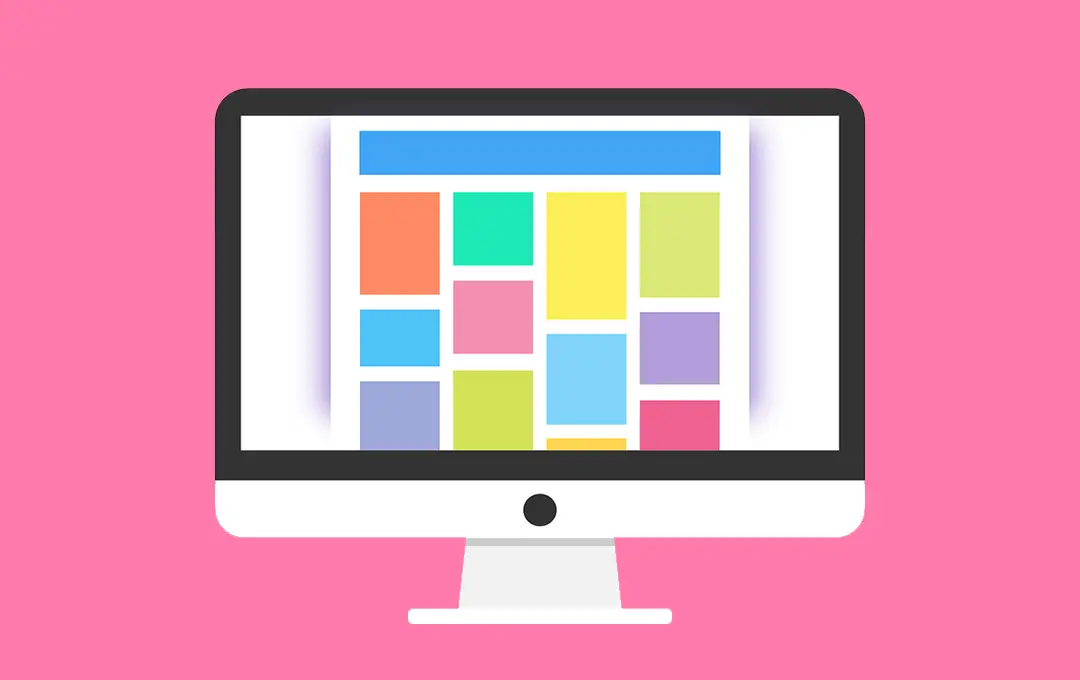10 Key UX/UI Design Tips to Optimize Your Website
Written by Josh Rowe on April 6, 2023
User Interface (UI) design and User Experience (UX) design are two closely related fields that focus on creating products that are easy to navigate and enjoyable to use. UI design is specifically concerned with the visual elements of a product, such as the layout, colors, and fonts, while UX design encompasses all aspects of the user's interaction with a product, from the initial conception to the final use.
Both UI and UX designers use a variety of methods to create user-friendly products, including user research, wireframing, prototyping, and testing. The goal of UX/UI design is to create products that are both usable and enjoyable while meeting the needs of the target users.
Here are some of the key differences between UI and UX design:
- UI design is focused on the visual elements of a product, while UX design is focused on the user's overall experience. UI designers focus on the look and feel of a product, making sure that it is visually appealing and easy to use. UX designers consider all aspects of the user's interaction with a product, from the initial learning curve to the overall satisfaction with the product.
- UX design is typically a more iterative process than UI design. UX designers often go through multiple rounds of user testing and refinement before they arrive at a final design. UI designers, on the other hand, can often create a final design in a shorter amount of time.
- UX design is often more difficult to quantify than UI design. It's difficult to measure the success of UX design, as it is often based on subjective factors such as user satisfaction. UI design, on the other hand, can be more easily measured by metrics such as click-through rate and conversion rate.
Despite their differences, UI and UX design are both essential to creating products that are easy and enjoyable to use. By working together, UI and UX designers can create products that meet the needs of the target users and exceed their expectations.
It's important to keep your users as your top priority when designing your website or web application. Here are 10 key UX/UI design tips you can follow:
- Know your users. This is the most important tip in UX/UI design. You need to understand who your users are, what they need, and what their goals are. You can do this by conducting user research, such as surveys, interviews, and usability testing.
- Define how people use your interface. Once you know your users, you need to understand how they will use your interface. This includes understanding their mental models, their workflows, and their pain points.
- Set expectations. When users interact with your interface, they should have a clear understanding of what to expect. This includes understanding the purpose of the interface, the different actions they can take, and the consequences of their actions.
- Anticipate mistakes. Users will make mistakes, so you need to design your interface to be forgiving. This includes providing clear error messages and making it easy for users to recover from mistakes.
- Use clear and concise language. The language you use in your interface should be clear and concise. Avoid jargon and technical terms that users may not understand.
- Use consistent design patterns. Consistent design patterns allow for a more clean and more organized interface, allowing users to flow through your website more smoothly.
- Make your web pages responsive. Responsive web design allows your users to easily navigate your website no matter which device they're using. Make sure each device type and screen size can properly accommodate your site's design for a positive user experience.
- Use appropriate colors. Colors can be used to convey meaning and to create visual interest. Use colors carefully to create a positive user experience. Make sure to follow web accessibility best practices with appropriate color placement and contrast.
- Use appropriate fonts. Fonts can be used to convey tone and create a visual hierarchy. Use similar fonts that complement each other throughout your headings, paragraph text, and call-to-action items.
- Use appropriate images. Images can be used to convey information, create visual interest, and break up text. Only use images that make sense for your subject matter, and don't overdo it. While images can effectively separate different sections of a web page, they can also overcrowd them and make it difficult for your users to find and navigate your content.
These are just a few of the many pointers for achieving effective UX/UI design. By following these tips, you can create user interfaces that are easy to use, enjoyable to interact with, and effective in achieving your goals.
If you need help updating your current website or web app or need help building a new one, we're here to help! Check out my extensive web design and development services and let us know what we can do to help!
